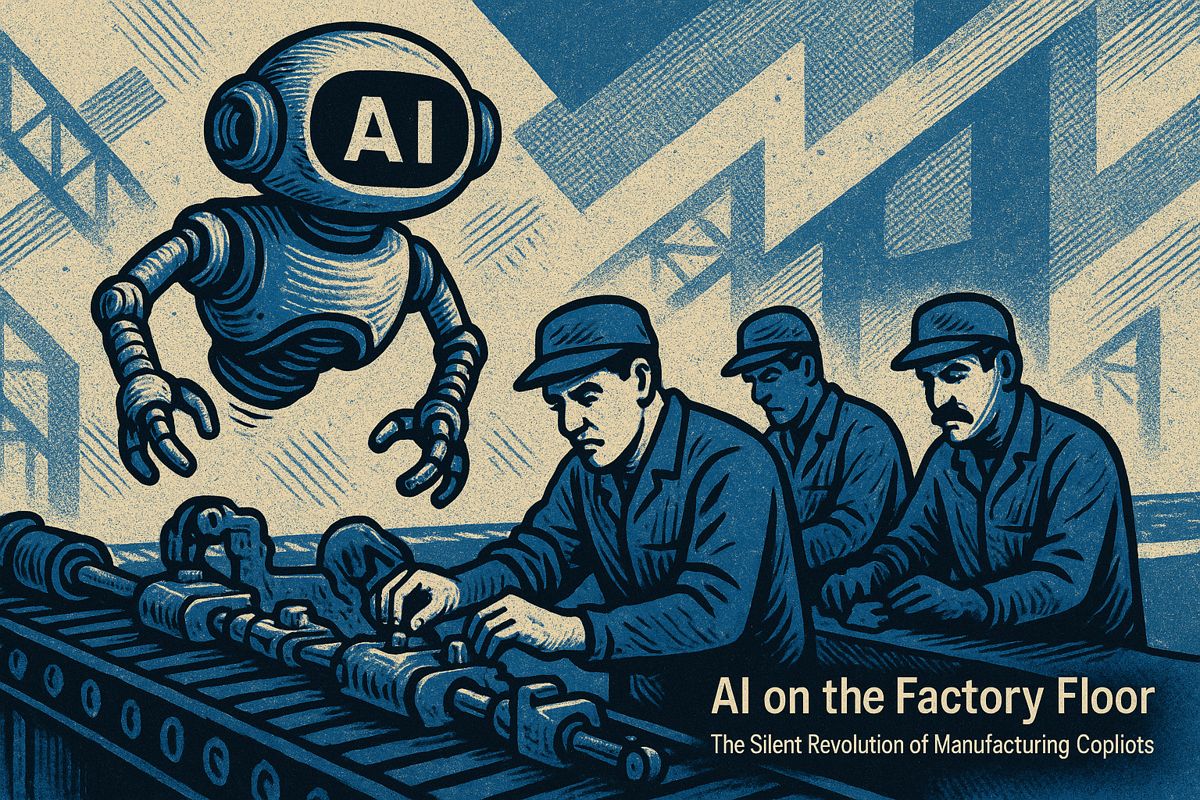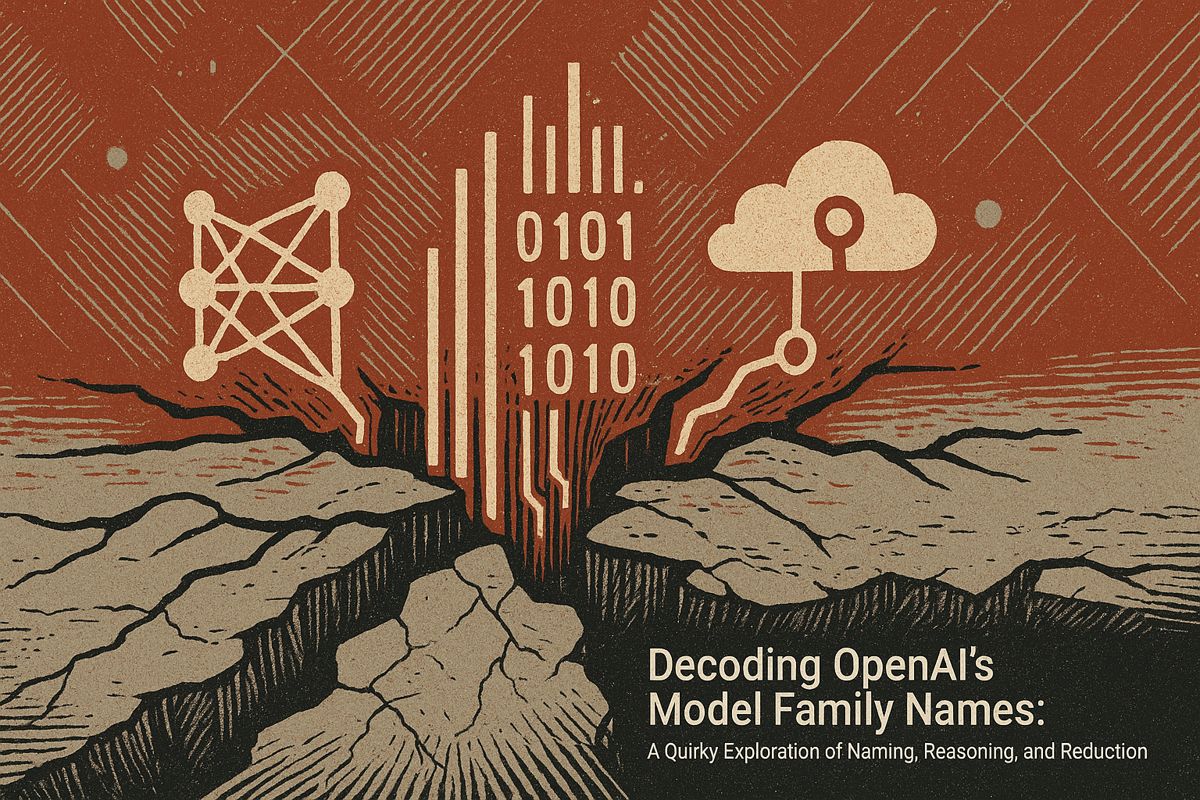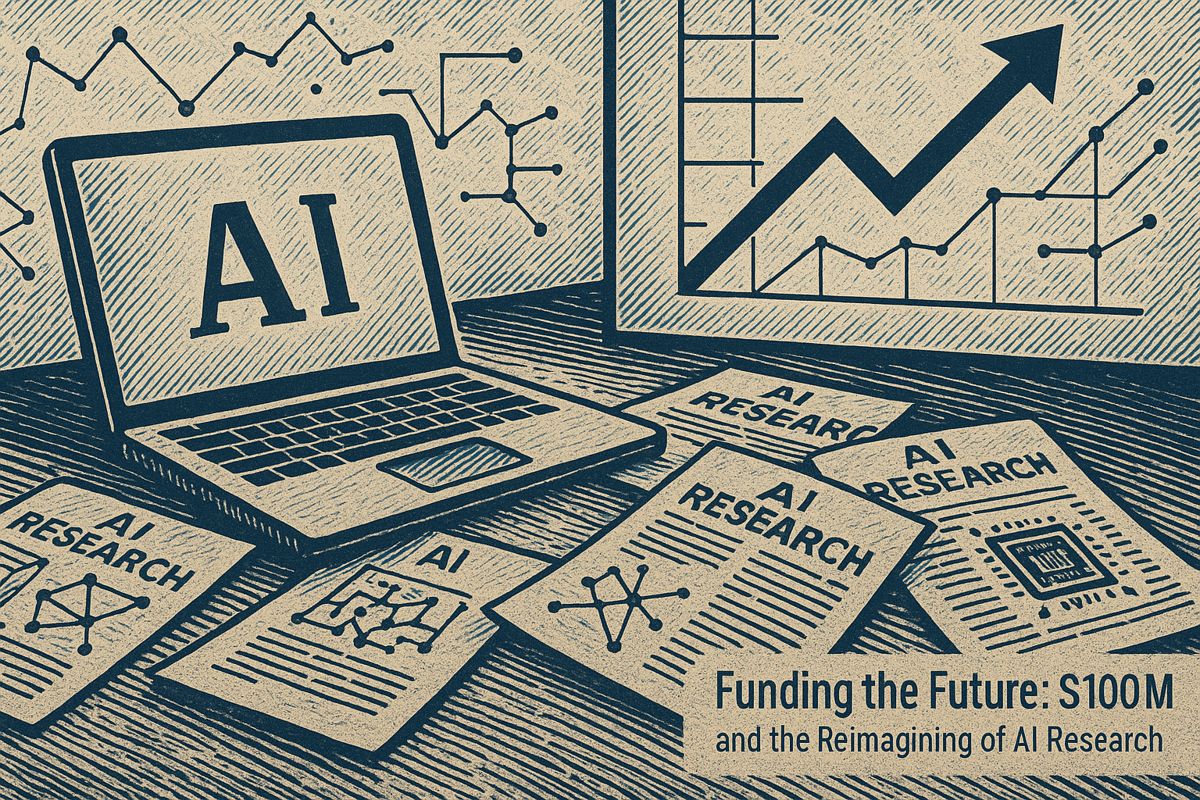Here’s the text with the most important phrase in bold markdown:
AI copilots are transforming manufacturing by using computer vision to detect assembly errors in real-time, dramatically improving efficiency and quality. These smart systems can increase process performance by up to 25%, slash scrap costs by 85%, and provide crucial safety insights without replacing human workers. They act like digital guardians, offering immediate feedback and supporting workers instead of threatening their jobs. The technology seamlessly integrates with existing systems, creating a more adaptive and intelligent factory environment. This quiet revolution is changing how manufacturers approach quality control, turning guesswork into precise, data-driven decision-making.
How Do AI Copilots Improve Manufacturing Quality and Efficiency?
AI copilots in manufacturing use computer vision and real-time monitoring to detect assembly errors instantly, increase process efficiency by up to 25%, reduce scrap costs by 85%, and provide ergonomic safety insights without replacing human workers.
Sleepless Nights and Flickering Lights
Ever paced a shop floor at 2 a.m. under harsh neon? I have. My friend would recount the domino effect of a simple slip at one station – hundreds of bad units boxed before anyone knew. “If only we could spot mistakes in real time, instead of doing autopsies after the fact,” he’d sigh. That felt like science fiction years ago. Now, thanks to AI copilots, it’s standard practice. The machines are watching, tirelessly, while the rest of us nurse our midnight coffee.
I’ll admit, the contrast between busywork and breakthrough makes me nostalgic and a little awed. The world isn’t standing still. Neither should we.
How AI Turns Guesswork into Certainty
Let’s dig beneath the buzzwords. What is Retrocausal – and other forward-thinkers like Cantier – actually delivering to manufacturing lines? For starters, AI-powered MES platforms implement computer vision to monitor each assembly task frame by frame, flagging anomalies in real time. Operators get immediate feedback, so errors are corrected before they spiral into costly rework. It’s like having an extra pair of eyes, never blinking; sometimes, that’s all it takes to catch a crooked gasket before an entire batch suffers.
Supervisors now wield video traceability tools, replaying step-by-step footage like industrial instant replays. This isn’t just flashy tech: in one deployment, process efficiency spiked by 25% and scrap costs nose-dived by 85%. I didn’t believe it until I traced the data myself, courtesy of Retrocausal’s collaboration with Honda Innovations and Siemens. These aren’t made-up figures – check the Edge AI Vision report if you’re skeptical.
Here’s something I never expected: the inclusion of ergonomic analysis. AI copilots crunch movement data, flagging repetitive strain risks. You can almost hear the sigh of relief from safety managers as they finally get numbers to back up gut instincts. Sometimes, the air smells less like ozone and more like possibility.
Human-Centric Tech: No Pink Slips, Just Progress
Let’s be real: the shadow of automation anxiety still stretches across most factories. But what Retrocausal and its peers champion is strikingly human-centric. These AI systems slide into existing MES and software like a well-oiled gear – no need for a rip-and-replace adventure. Workers aren’t replaced; they’re supported, their judgment sharpened by AI copilots offering context and clarity. The metaphor that comes to mind? It’s less “robot overlord,” more “digital guardian angel” perched atop the control panel.
Other domain leaders aren’t far behind. Cantier, for example, has posted a 7% increase in Overall Equipment Effectiveness (OEE) and a 17% dip in Mean Time to Repair (MTTR) in their own MES integrations. Not quantum leaps, perhaps, but for an industry built on incremental gains, these are the small hinges that swing big doors. I felt a spark of envy reading their case study; maybe I should’ve pushed harder for early adoption back in my consulting days.
So, is this the end of human error? Hardly. But it might just be the end of ignoring it. That’s something to celebrate, quietly, maybe with the satisfying snap of a well-fastened bolt.
From Buzzword to Boardroom: The Quiet Revolution
Why should anyone care? For decades, manufacturing errors have been a source of stress, shame, and second-guessing. Now, AI-driven MES transforms ambiguity into clarity. There’s real psychological relief in knowing the system has your back. (I’ll admit, the first time I saw real-time error feedback in action, I felt a twinge of professional jealousy… and then hope.)
Retrocausal’s approach is getting noticed beyond niche blogs, with coverage from CB Insights and adoption by industry titans and upstarts alike. The cumulative effect isn’t just fewer defects – it’s an entire culture shift. The factory becomes more like a living organism, learning and adapting on the fly. It’s as if the hum of machinery now harmonizes with the quiet assurance of data.
But let’s not get ahead of ourselves. Will AI copilots fix every bottleneck, eliminate every mistake? Of course not – perfection is for PowerPoint decks, not plant floors. Yet each incremental advance feels hard-won and strangely exhilarating. Sometimes the biggest revolutions arrive not with a bang, but with the soft click of insight, or the cool fluorescent glow over a cleaner, cleverer line. Who’d have guessed?



















